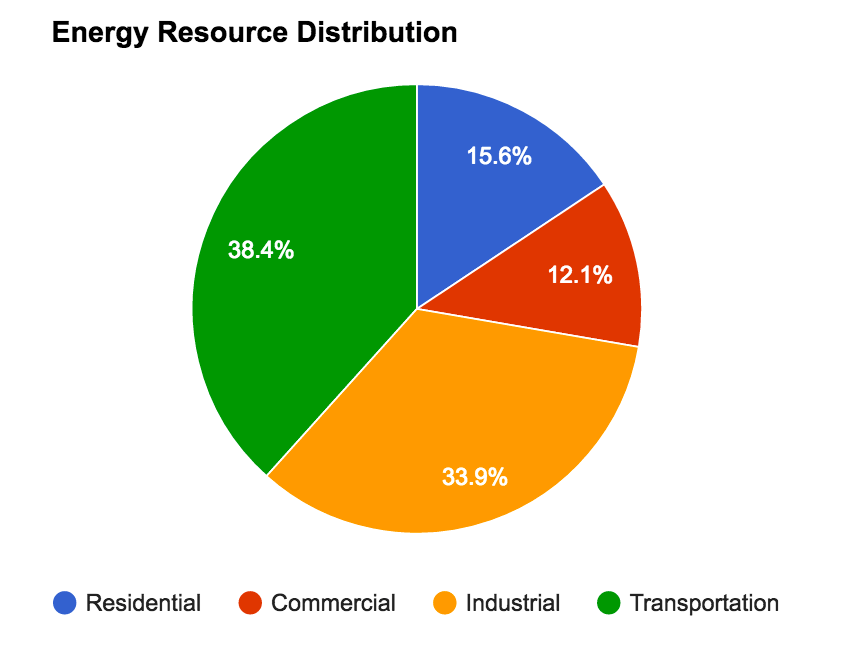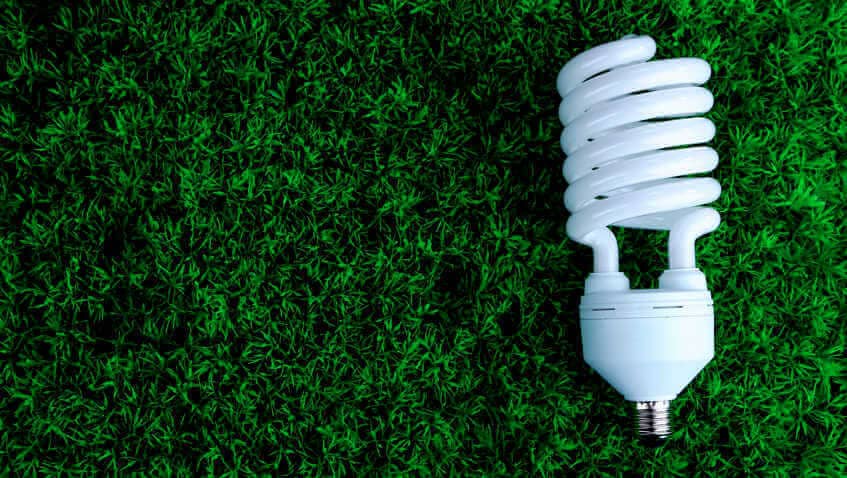Energy Efficiency Sector Outlook
The American Council for an Energy-Efficient Economy (ACEEE) released its latest report in mid-August highlighting the growth of energy efficiency in the United States as the third largest electricity generation resource for 2015. This of course is an encouraging sign for the entire industry and for all energy efficient manufacturers like ourselves that rely on awareness to drive strong demand for intelligent building design and automation.
What is energy efficiency exactly? The ACEEE defines energy efficiency as a resource that reduces the energy requirement that can at minimal sustain the same level of services. It allows us to measure the impact it has on various sectors including residential, commercial, industrial and transportation.
To better understand the crucial role technology contributes to energy management we take a look at the 2015 estimated U.S. energy consumption chart to find out the energy source distributed to the sectors and the proportion wasted during the conversion to energy. Below is a list of these sectors.
Transportation
With 21.9 of 27.7 quadrillion Btu wasted per annum the transportation sector produces a mere energy efficiency of 21%. The lowest ratio of any sector. This is most notable due to petroleum accounting for over 90% of its energy resource. A thermal combustion engine used in road vehicles have a fuel efficiency of between 17% - 21% where an astounding 71 percent of CO2 contribution come from this sector. Aircrafts tend to use a more fuel efficient kerosene-based petroleum derivative, while ships are powered by diesel and trains have a diesel-electric combination.
However over the horizon and gaining traction are electric vehicles. It seems almost every week new charging stations are being built to fill the huge capacity demand needed to sustain the DC enegy requirement. With each successive generation of battery technology the mileage potential of a single charge has risen to about 400 miles though it doesn't make much sense for companies to put these into production due to economy of scale. By reducing the fear of range anxiety this could open the way for DC microgrids powered a renewable source to expand the energy diversity sorely needed in the transportation sector.

Residential and Commercial
Homeowners and businesses use a multi-faceted strategy to reach an energy efficiency ratio of 65%. Most people are aware of the energy saving initiatives to reduce consumption such as retrofitting their buildings with insulation, double-paned windows and the use of energy efficient appliances.
Facility owners are concerned with balancing power demand needs while preventing cost overrun. When the building draws it energy from the grid AC current is delivered through large transmission lines and stepped-down into smaller loads to commercial and industrial complexes. Designing a building to distribute energy more efficiently can increase cost savings by around 30%. This can be achieved by reducing the step-down process and/or the number of times needed to invert AC to DC and vice versa. Many IT networks and data centers employ a DC power distribution system along with
Building automation systems (BAS) to improve the the process and control of HVAC, security and energy management for facility owners. BAS is often used in conjunction with energy management systems (EMS) to monitor and distribute energy more efficiently coining the term intelligent buildings.
Industrial
The industrial sector has had a long history pioneering energy efficiency technology. Energy cost is a significant barrier for many manufacturers and require accurate current sensors to measure power distribution throughout their facilities. The energy current is captured and is read by specialty metering devices to monitor various parameters. Many of these meters are programmable to alert facility managers when certain thresholds are crossed by configuring notification alarms.
Even though the industrial sector has the second largest energy footprint, it is the most energy efficient with an 81 percent ratio due to its long history investing in building automation and energy efficient technology.
Result
Energy efficiency is more than a buzzword, it has had a real impact in reducing the number of power plants built and the daily amount of power demand (kW) required. This reduction in power generation has an added bonus of creating a more clean and sustainable environment.

